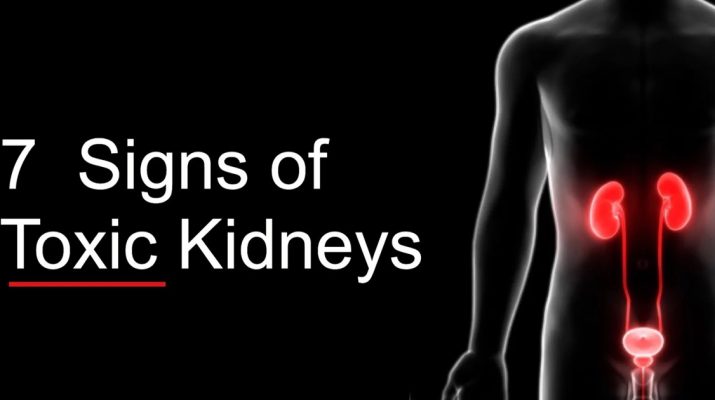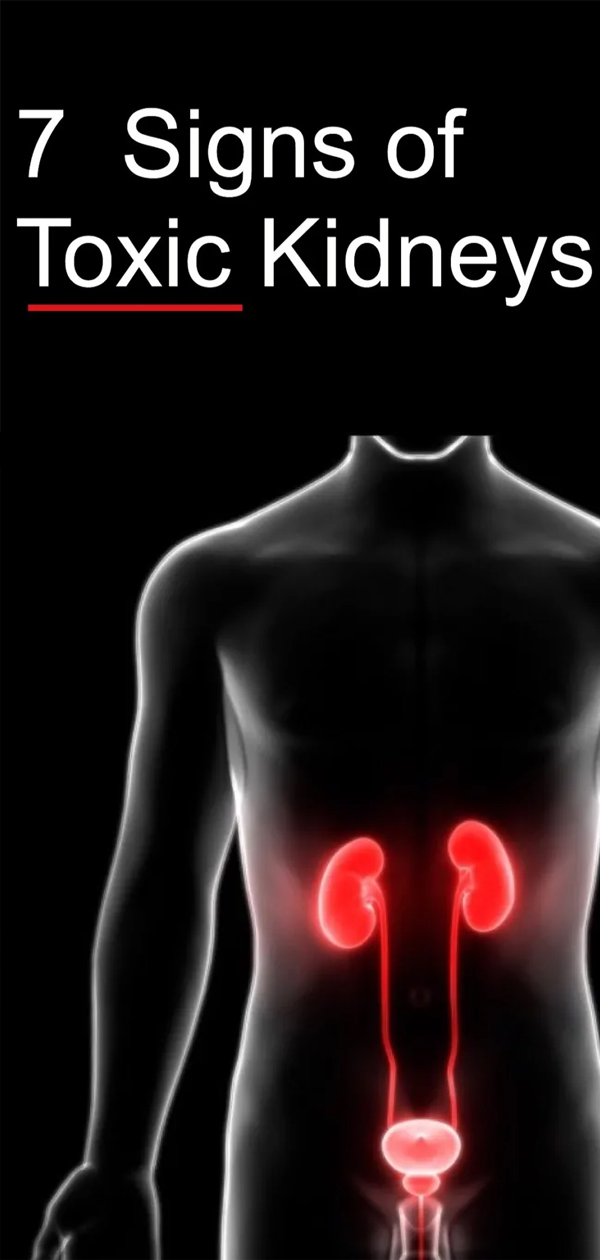Disease in the kidneys is the 9th leading cause of death in the United States. An estimated 31 million people in the United States (10% of the adult population) have chronic kidney disease (CKD). – American Kidney Fund
Our kidneys are always at work. Day and night, they are helping eliminate toxins and waste products from the body. In addition to the key roles that kidneys plan in toxin and waste removal, they are also responsible for:
– Regulating the amount of fluid within the body
– Maintaining internal homeostasis (balance) that is crucial to health
– Creating urine from by-products
Numerous kidney conditions affect different areas of the organ. Most conditions do not impact the whole kidney and its structure. Instead, most disorders stem from problems with the renal artery and renal vein (the blood vessels to and from the kidney), tissues within the kidney, or the ureter, which is responsible for transferring urine from the kidney to the bladder.
Kidney disorders are unique in that their symptoms are very similar, if not the same. Here, we discuss the seven most common symptoms of kidney disorder.
Let’s go!
7 Signs Of Unhealthy Kidneys
1. Irregular Urine Odor
Urine odor can vary from person-to-person. Much of this has to do with someone’s diet, level of hydration, physical activity level, or the temperature in their environment.
Most people have a sort-of “musty ammonia odor” due to the trace amounts of urea in their urine. (Urea is an organic element that is essential to the process or urination.)
If a malfunction of the kidney is present, it’s common for urine to give off either a fishy or sweet smell. A change in urine odor can also occur from diabetes, liver disease, and even certain supplements.
2. Changes In Urine Color
In a healthy person, urine will have a pale yellow hue. Those who drink a lot of water may have lighter-colored or clear urine, both of which are also normal. Dehydration may produce a dark yellow color, which in itself is not necessarily dangerous, but should serve as a reminder to drink more fluids.
Urine that is brown, black, orange, pink or red is abnormal and could signal an underlying disorder or disease. Blood in the urine (hematuria) produces red to pink-colored urine – and should prompt us to visit a doctor to rule out a serious condition.
3. Visible Changes In Urine
Urine is composed of approximately 95 percent water. The other 5 percent are a mix of minerals, metabolized drugs, and other substances. The high concentration of water usually produces clear to dark yellow urine depending on hydration levels.
When there are visible changes, such are the presence of pus or froth in urine; it is necessary to have a check up. Excess protein in the urine may also signify a problem, but it isn’t always visible. Pus or froth in the urine may be the result of an underlying infection.
4. Pain In Abdominal Area
As the kidneys are situated in the abdominal cavity, wherein many other organs lie, it can be difficult to pinpoint the source of pain without a doctor’s help. However, kidney pain tends to be located around the edges of the abdomen and the back.
A burning sensation while urinating, despite popular belief, is usually not a kidney problem. Instead, it’s more likely to be a urinary tract infection, or UTI. Of course, a UTI necessitates medical intervention and treatment.
5. Urine Frequency
Typically, a healthy person will pass from approximately 16 to 100 ounces of water, depending on the amount of water consumed. (It’s considered healthy to be to 60-100 ounce range.)
Kidney problems can produce an excess or shortage of urine expelled. A condition called oliguria will cause a person to produce less than normal amount of urine. Polyuria is when a person expels more than 100 ounces of water in a day. Again, water intake has a lot to do this. But sudden changes in urine frequency without altering fluid intake may be a cause for concern.
6. Swelling, Nausea, And Shortness Of Breath
Swelling, especially of the legs, may surface as the kidneys cannot expel the normal amounts of urine. This condition is more broadly described as “water retention.” Shortness of breath may occur as the blood’s pH levels are erratic – this places more burden on the respiratory system. Nausea (an incredibly broad symptom) may surface as byproducts accumulate in the blood stream.
7. Other Symptoms
The kidney, as with many other vital organs, can produce seemingly unrelated symptoms. Some symptoms reported by medical professionals upon the diagnosis of a kidney condition include confusion, headaches, fatigue, muscle cramps, seizure, and skin discoloration.
Prevention And Treatment
It is also important to mention that certain racial and ethnic groups are at a higher risk for kidney failure than others. Compared to Caucasians, the rate for African-Americans is nearly 4 times higher; Native Americans and Hispanics, 1.5 times higher, and Asians at 1.4 times higher.
The two most common causes of kidney disease are diabetes (approx. 44%), and high blood pressure (28%). Per kidney.org, the top five ways to protect your kidneys are:
– Eating healthier foods, and having a well-balanced diet
– Limiting salt and caffeine intake
– Prioritizing rest (not overworking)
– Regular exercise
– Reduction of sugar and fat intake
Reducing stress whenever possible is the best preventative measure you can take; not just for preventing kidney disease, but nearly every other adverse health condition.
Urinary strip tests may be purchased at certain pharmacies. Self-screening is a good idea to rule out the more severe kidney conditions, but it is still advisable to seek a professional opinion.
Treatment depends on whether the condition is acute (short-term) or chronic. An acute kidney condition may be due to many things, and a doctor must order tests to determine the appropriate treatment. Provided treatment is properly administered, the recovery rate is high.
Chronic kidney conditions generally require a dialysis or kidney transplant. Again, the earlier that the condition is discovered, the better.
It is important to have a comprehensive physical done every year. If you should identify with any of the above-mentioned symptoms, please seek the advice of a medical professional.


